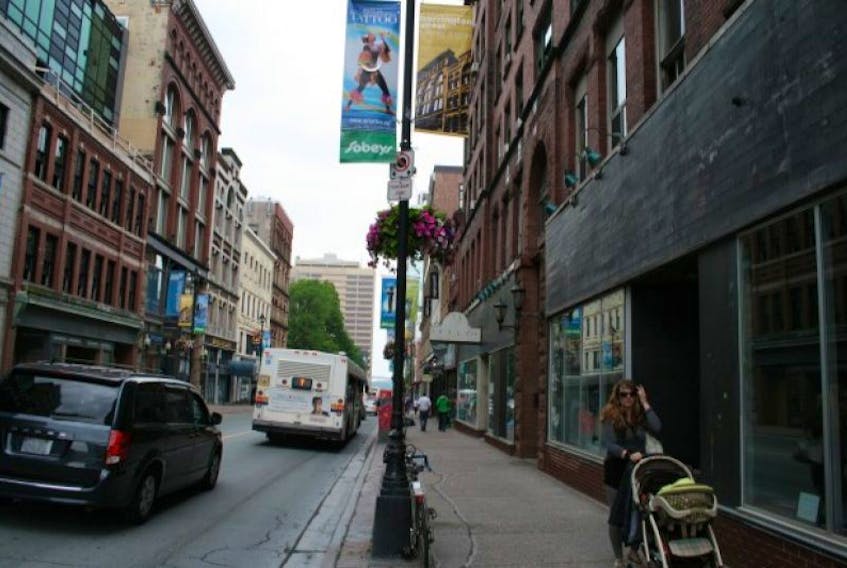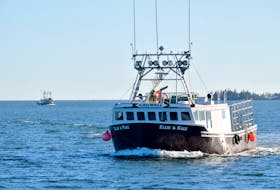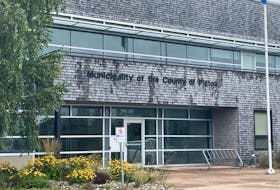According to the data released Feb. 8, the population of the province is now 923,598 – an increase of 0.2 per cent over the 2011 census numbers.
However, many rural regions of the province saw a decline in population.
In Cape Breton, Statistics Canada pegs the population at 132,010, down from the 2011 census that counted 135,974 people on the island.
According to the data released Feb. 8, the population of the province is now 923,598 – an increase of 0.2 per cent over the 2011 census numbers.
However, many rural regions of the province saw a decline in population.
In Cape Breton, Statistics Canada pegs the population at 132,010, down from the 2011 census that counted 135,974 people on the island.

RELATED: Cape Breton population continues decline
On the mainland, Lockeport’s decline was 9.7 per cent, bringing the population down to just 531 people.
Mulgrave saw a decline of 9.1 per cent, bringing its population down to 722.
Parrsboro saw a decline of 7.7 per cent , bringing its population down to just over 1,200 people.
Cumberland County saw a decrease of 4.3 per cent, bringing the population there to just 30,005 residents.
RELATED: Amherst's population declines
In fact, most counties in the province saw a population decline, averaging about five per cent.
Where was the growth? Halifax’s population grew by 3.3 per cent. That city’s population is now 403,131.
And Mahone Bay, on the South Shore of Nova Scotia, saw the largest growth in population, at 9.9 per cent, bringing the little town’s population up to 1,036.
Bridgewater’s population grew as well, by 3.5 per cent to 8,532 people.
According to Statistic’s Canada’s evaluation of the data, 17 of the 25 census municipalities outside of urban areas with a population of more than 5,000, with the largest decrease in residents are in Atlantic Canada and Quebec. Seven of the 25 areas with “weak” growth are in Nova Scotia. In northern Nova Scotia, the areas with the largest population loss on the list are: Cumberland, Subdivision B at -7.9 per cent; New Glasgow at -5.1 per cent; Pictou, Subdivision A at -5.0 per cent and Pictou, Subdivision C at -4.8 per cent. West of Halifax, Statistics Canada listed Queens at a -5.6 per cent population decline, Barrington at minus five per cent and Digby at -4.8 per cent.
RELATED: Queens singled out for bad news in 2016 census
AROUND ATLANTIC CANADA
New Brunswick's population declines, despite growth in larger cities
Charlottetown population falls behind national rate
St. John’s population dips below national growth rate
Rural N.L.’s population decline continues









